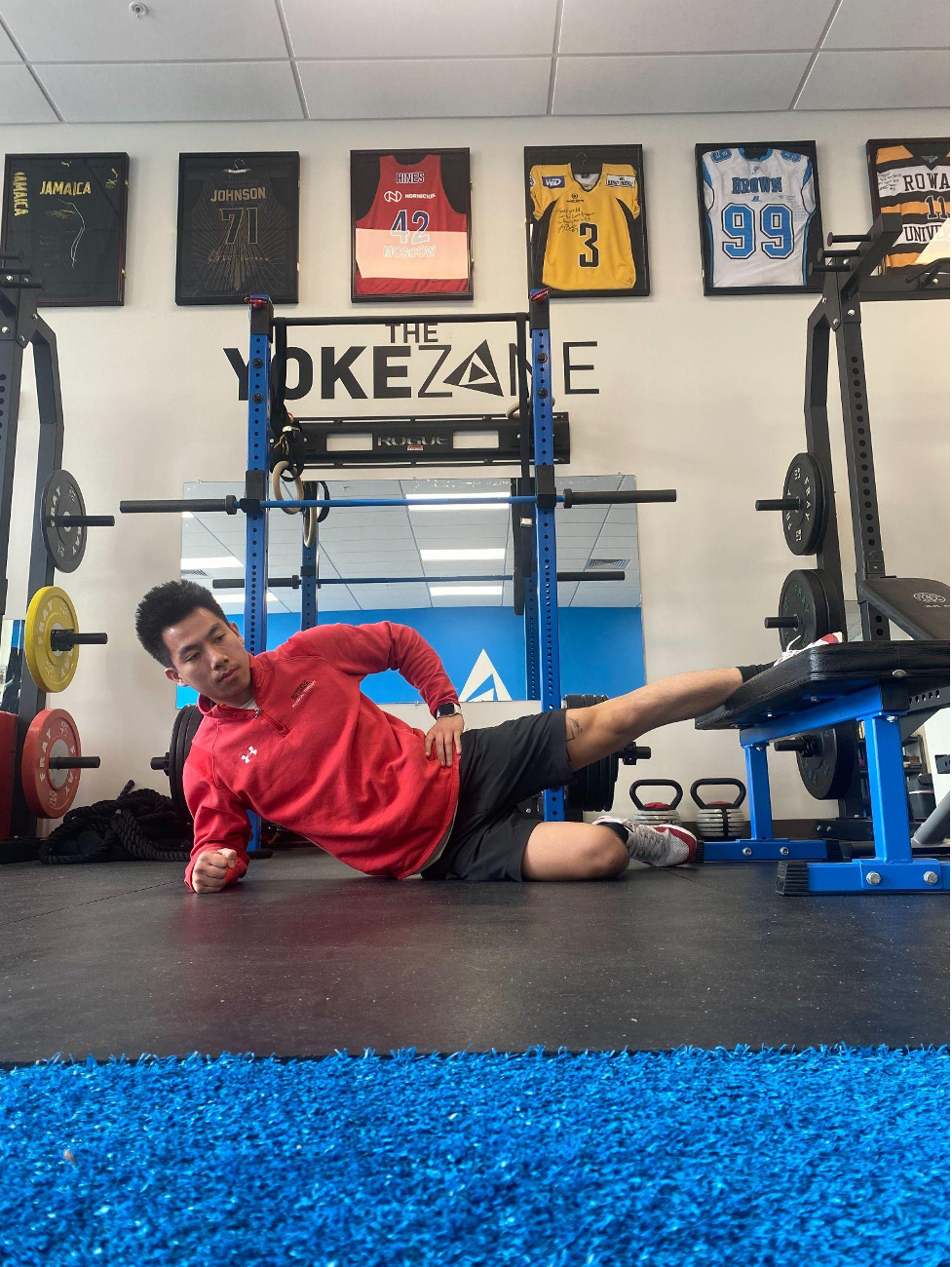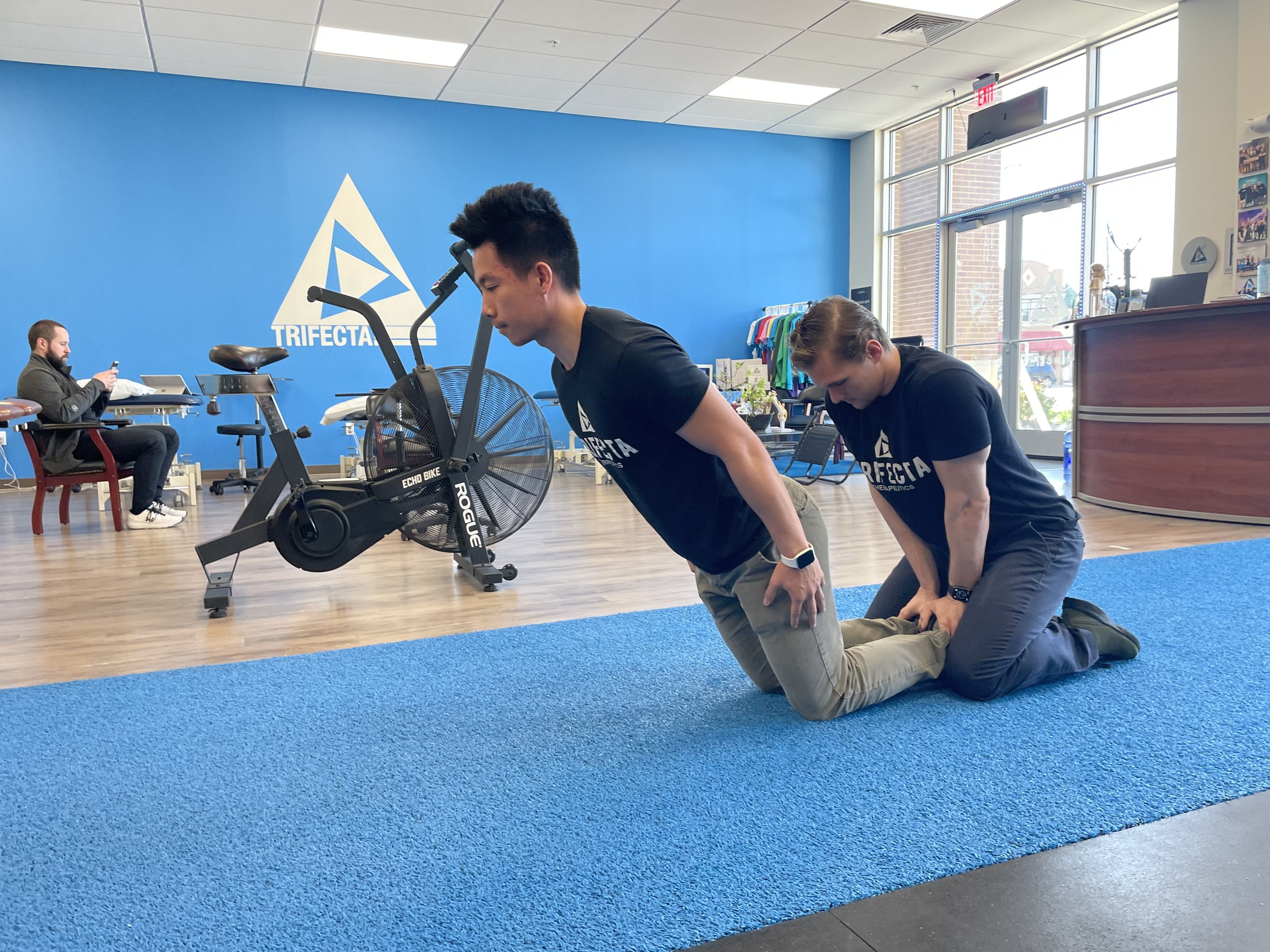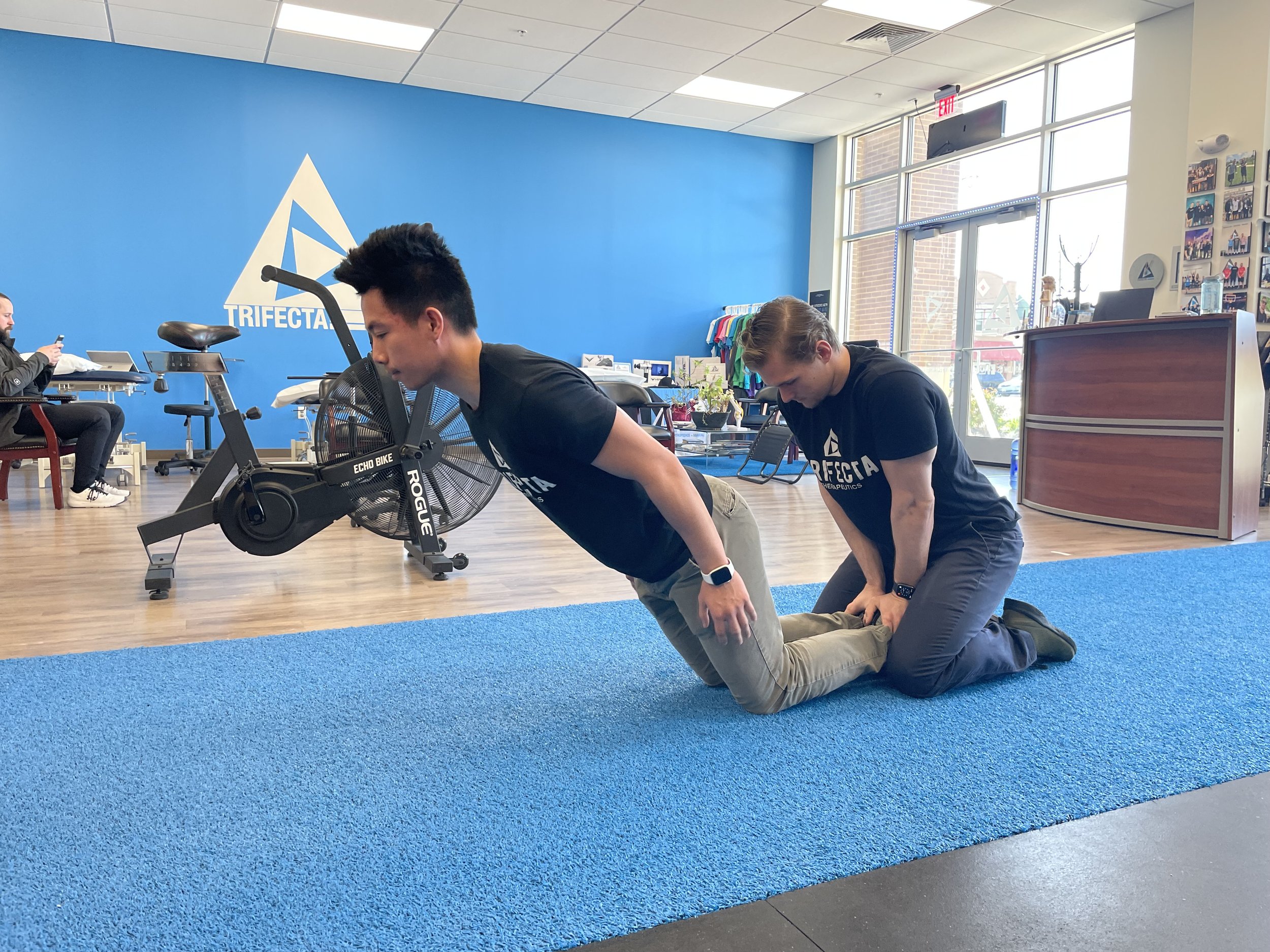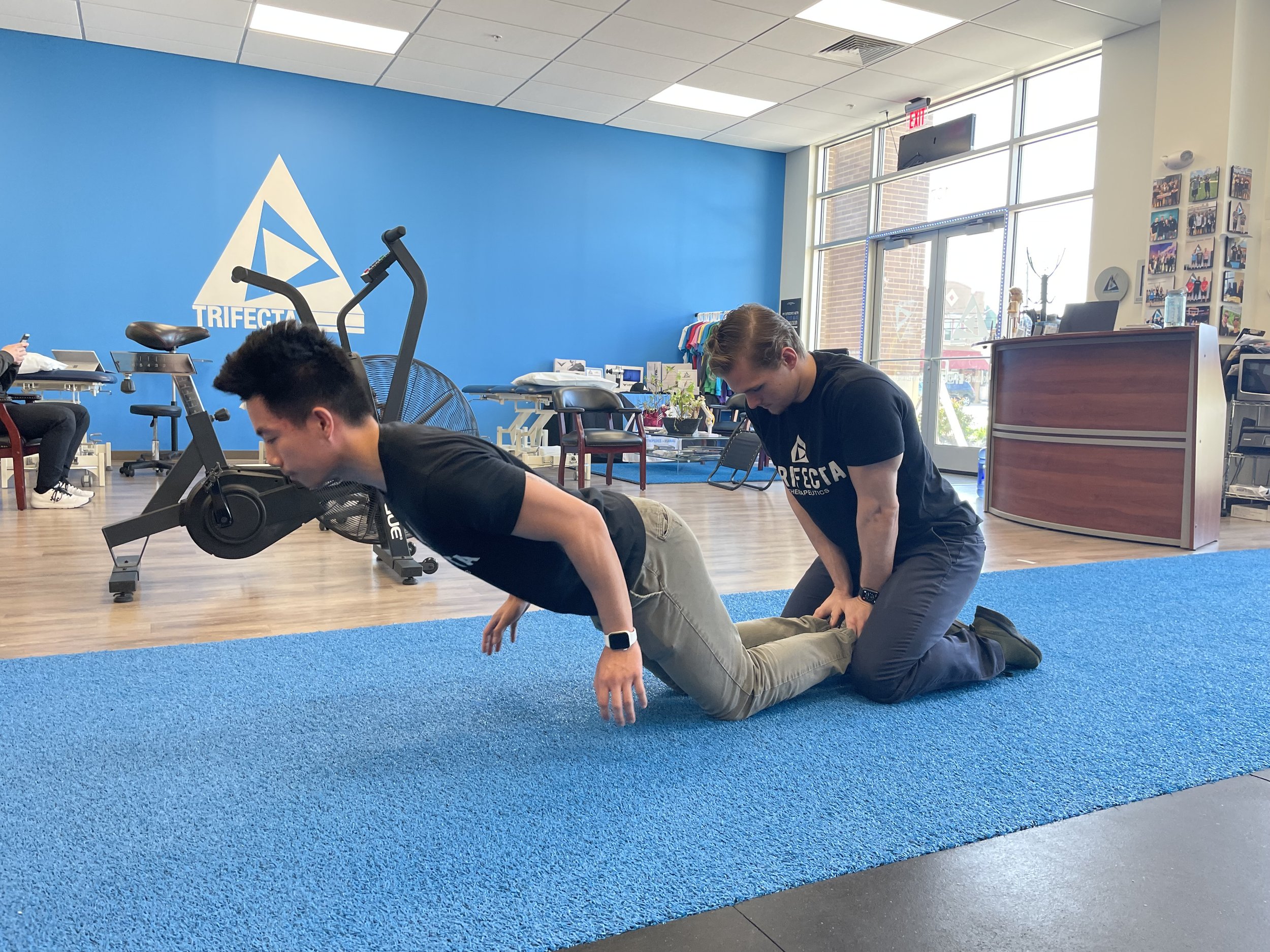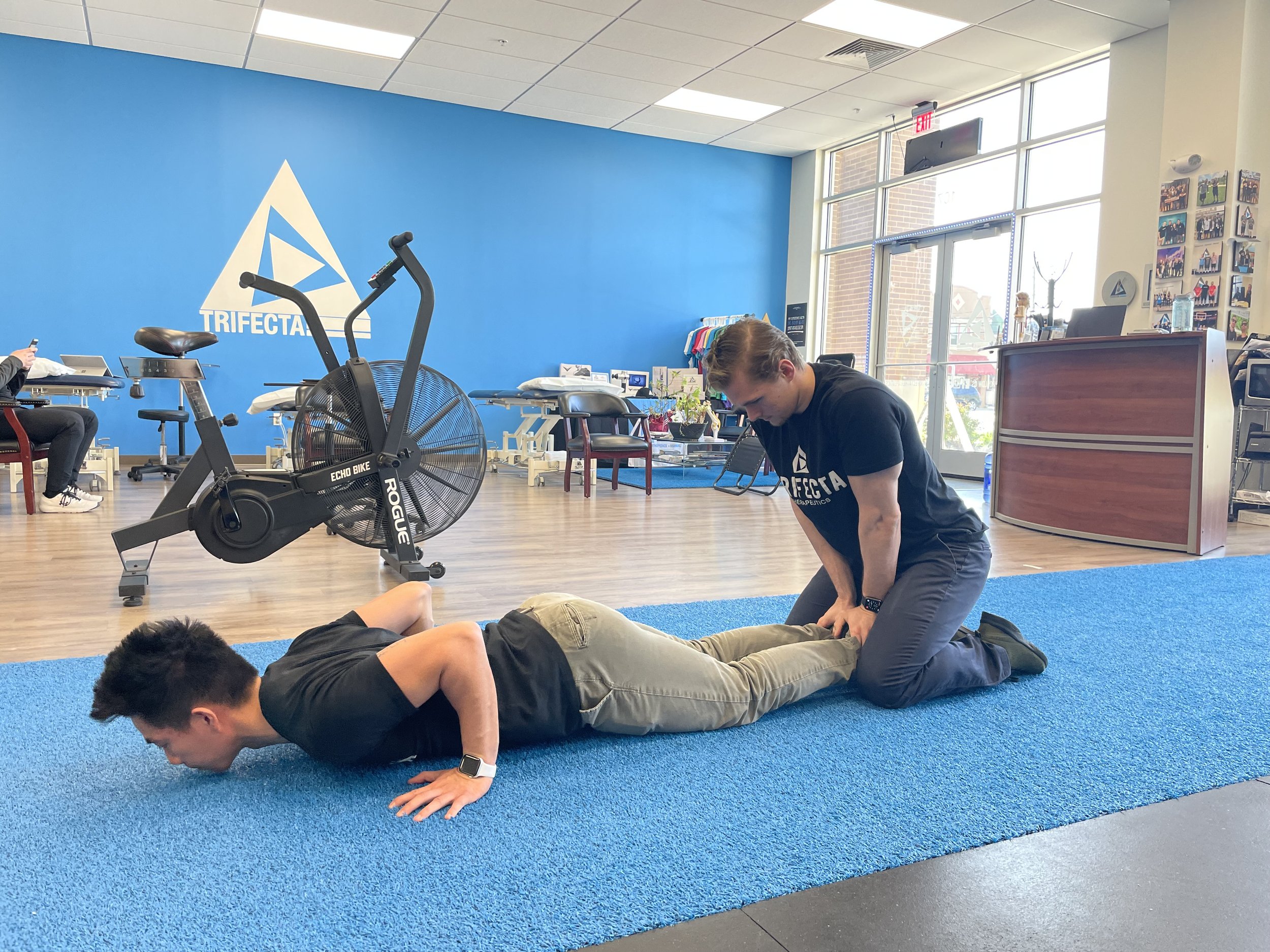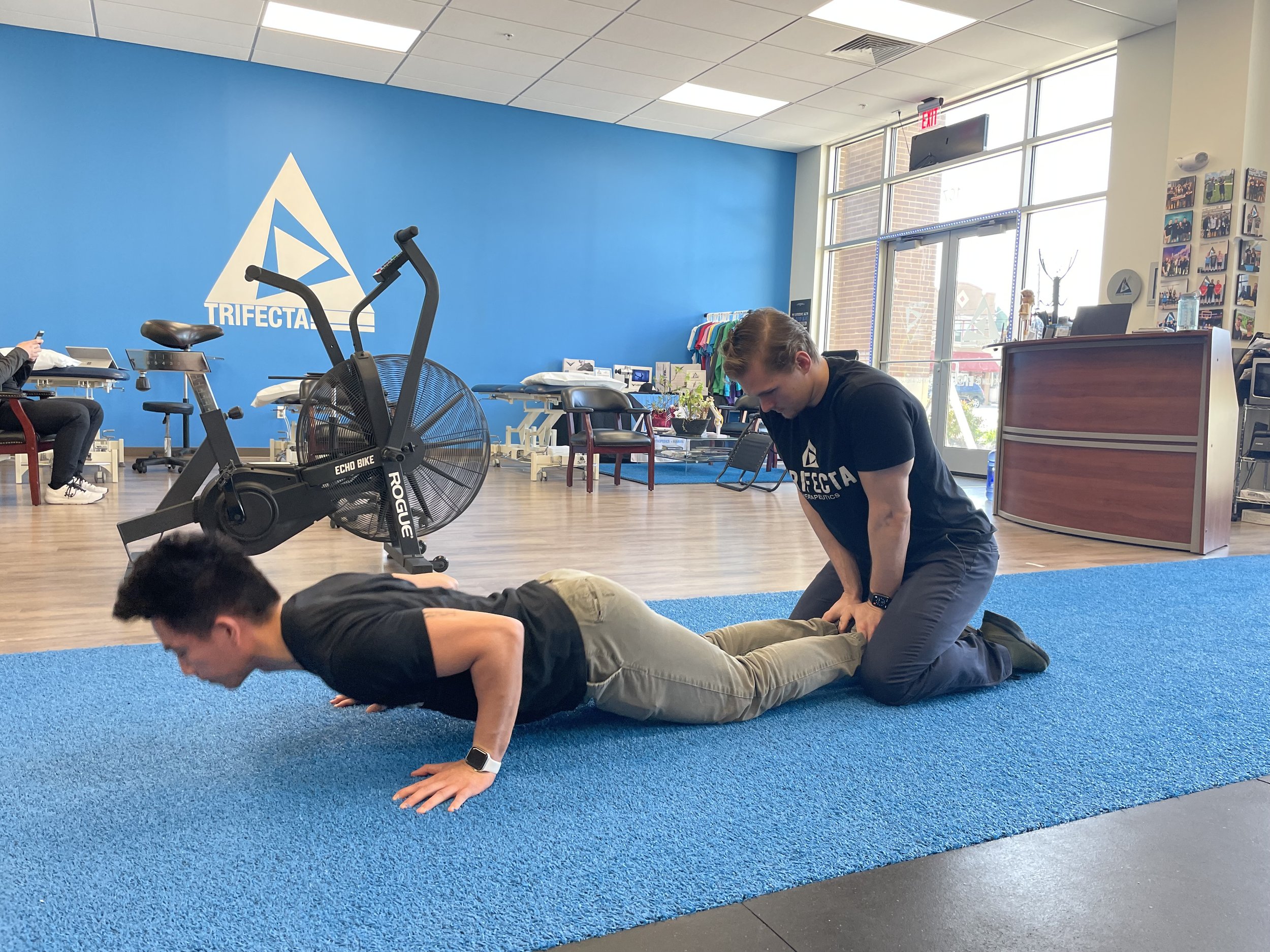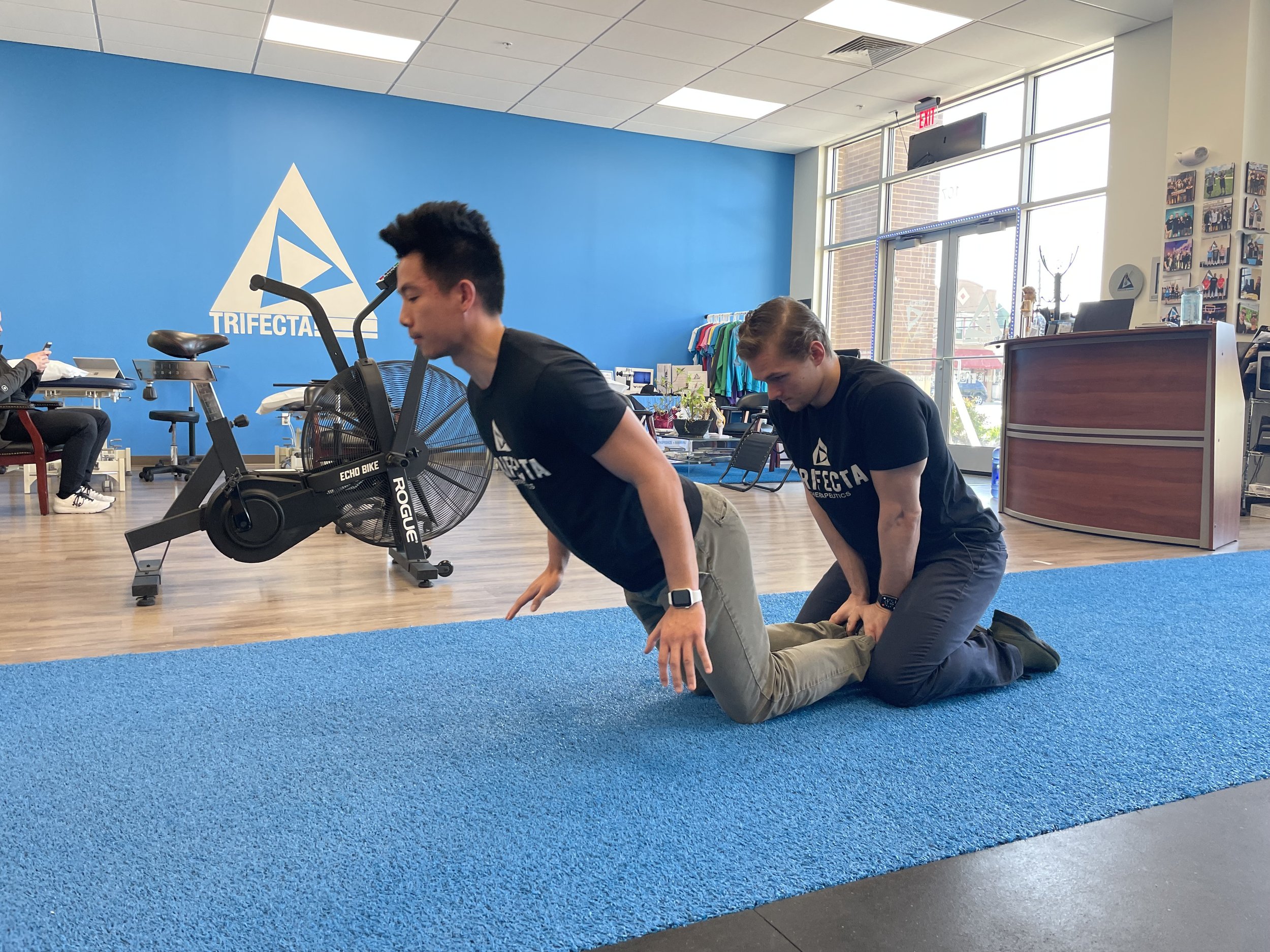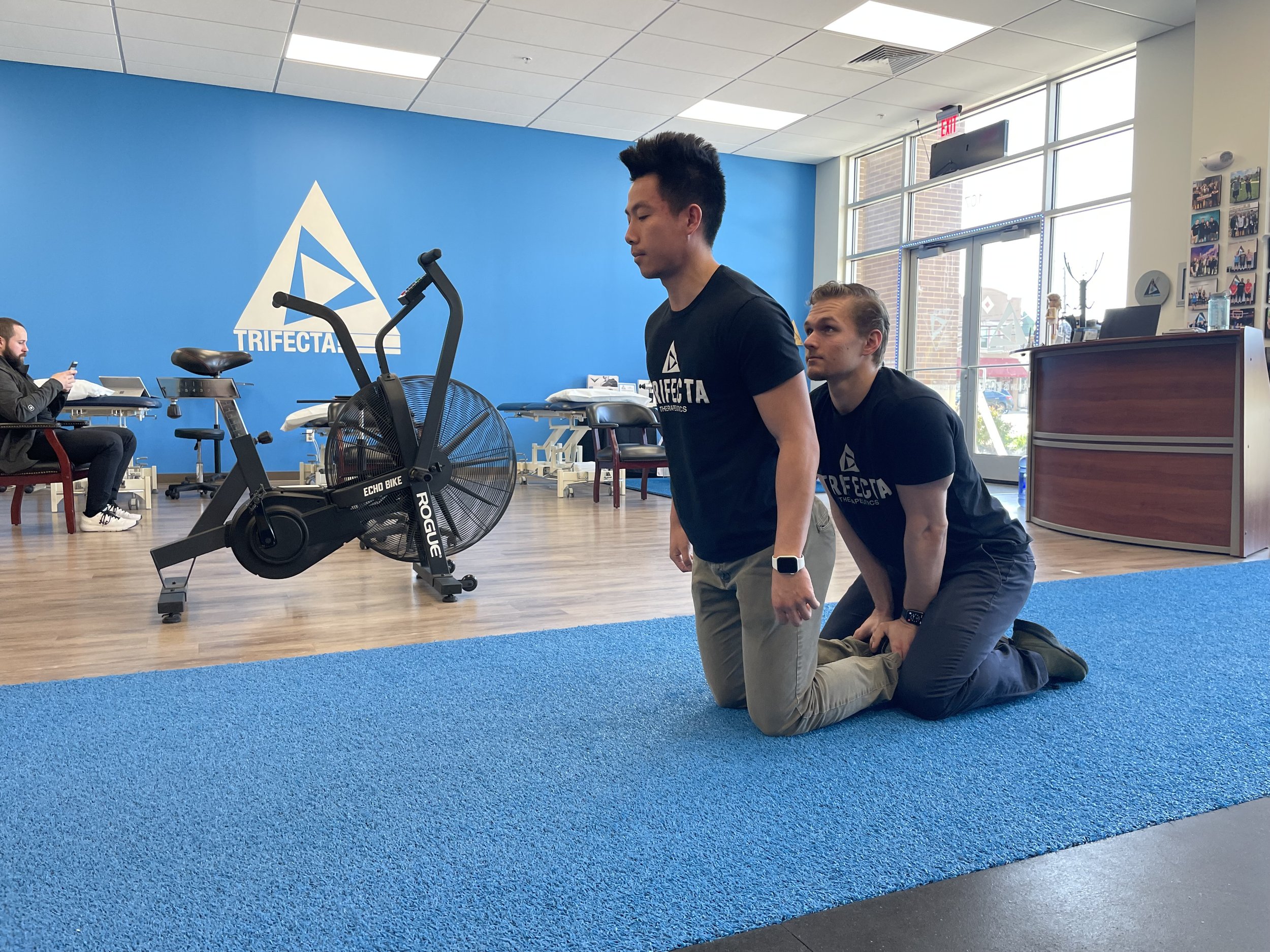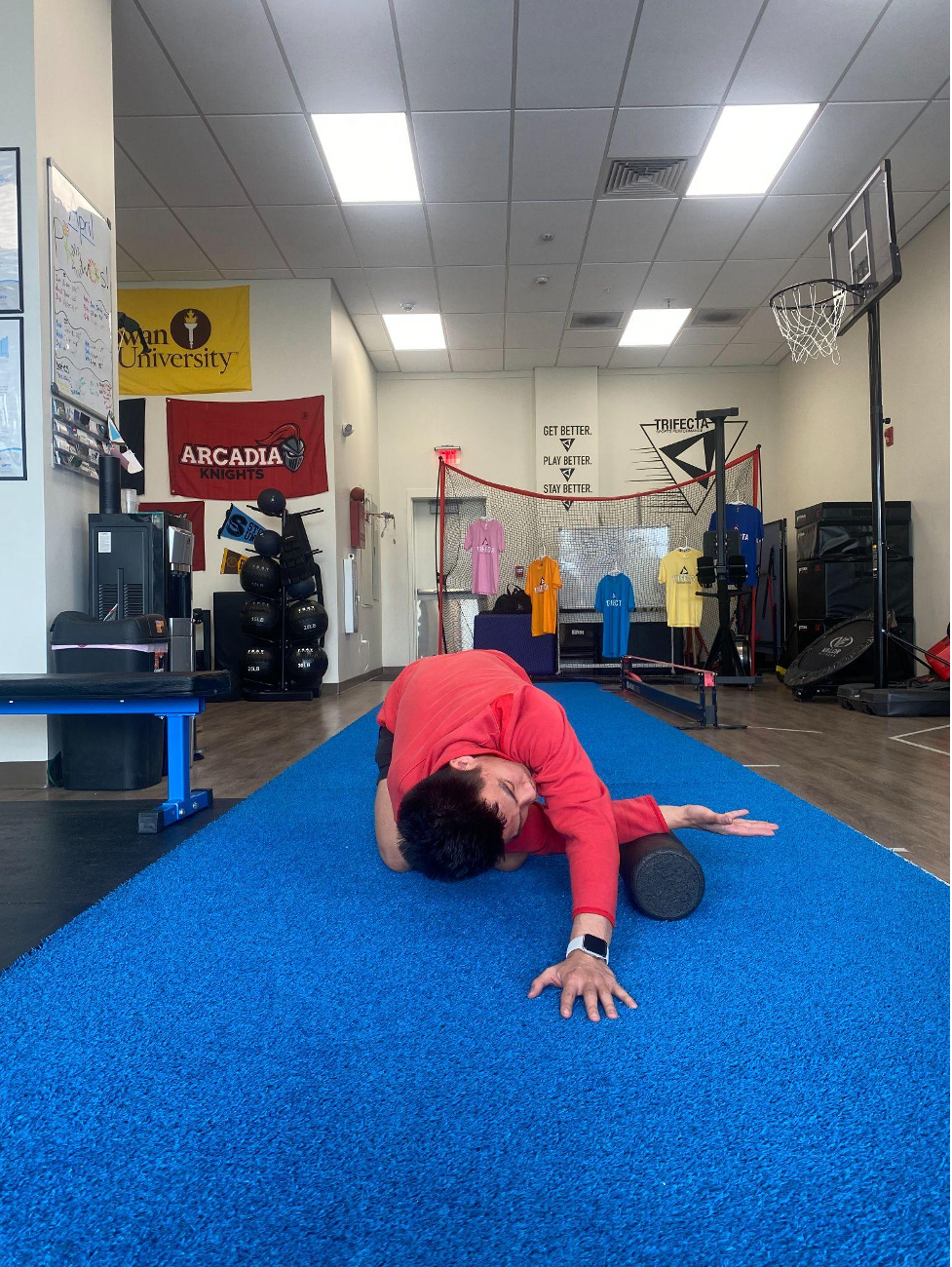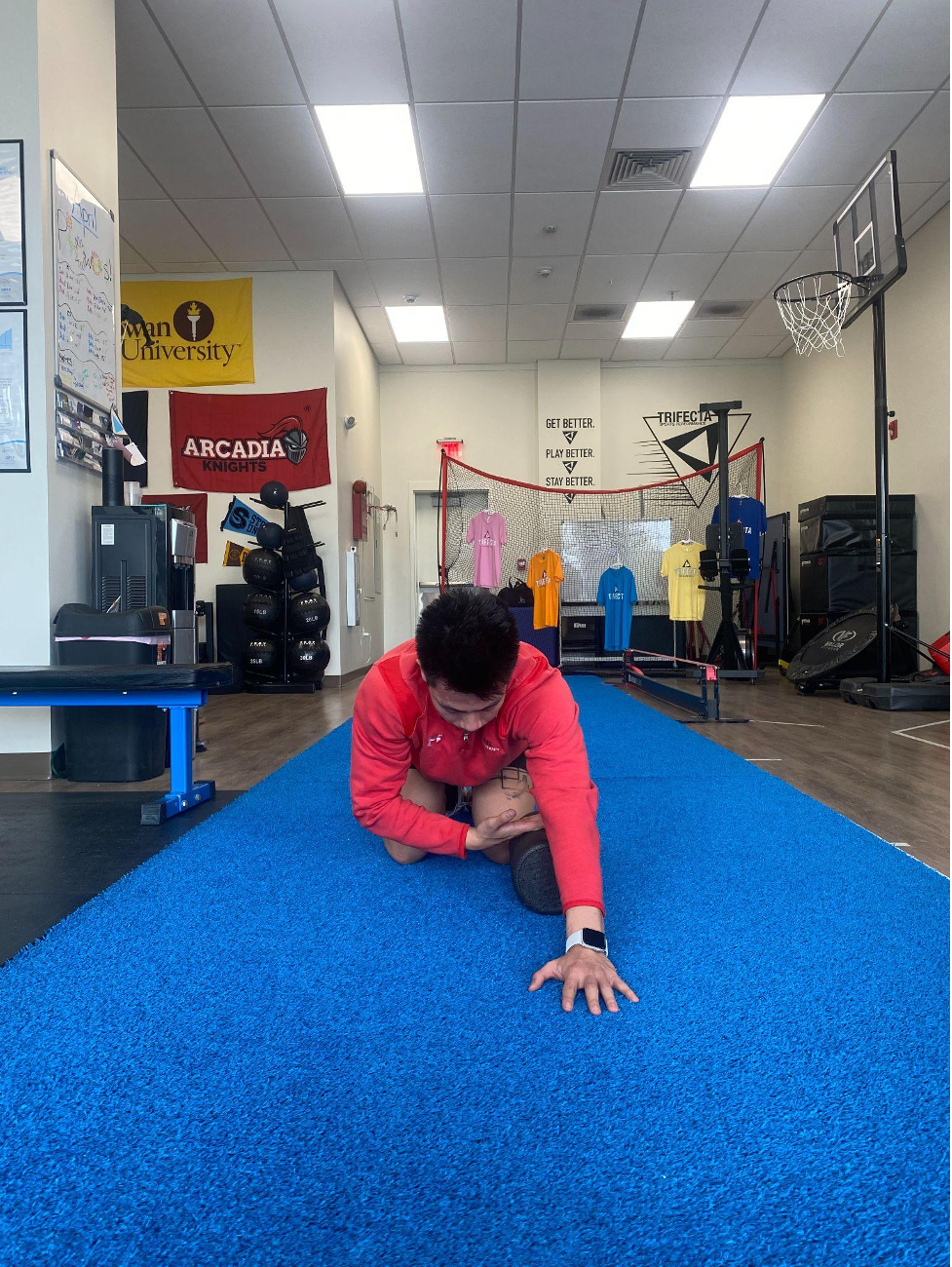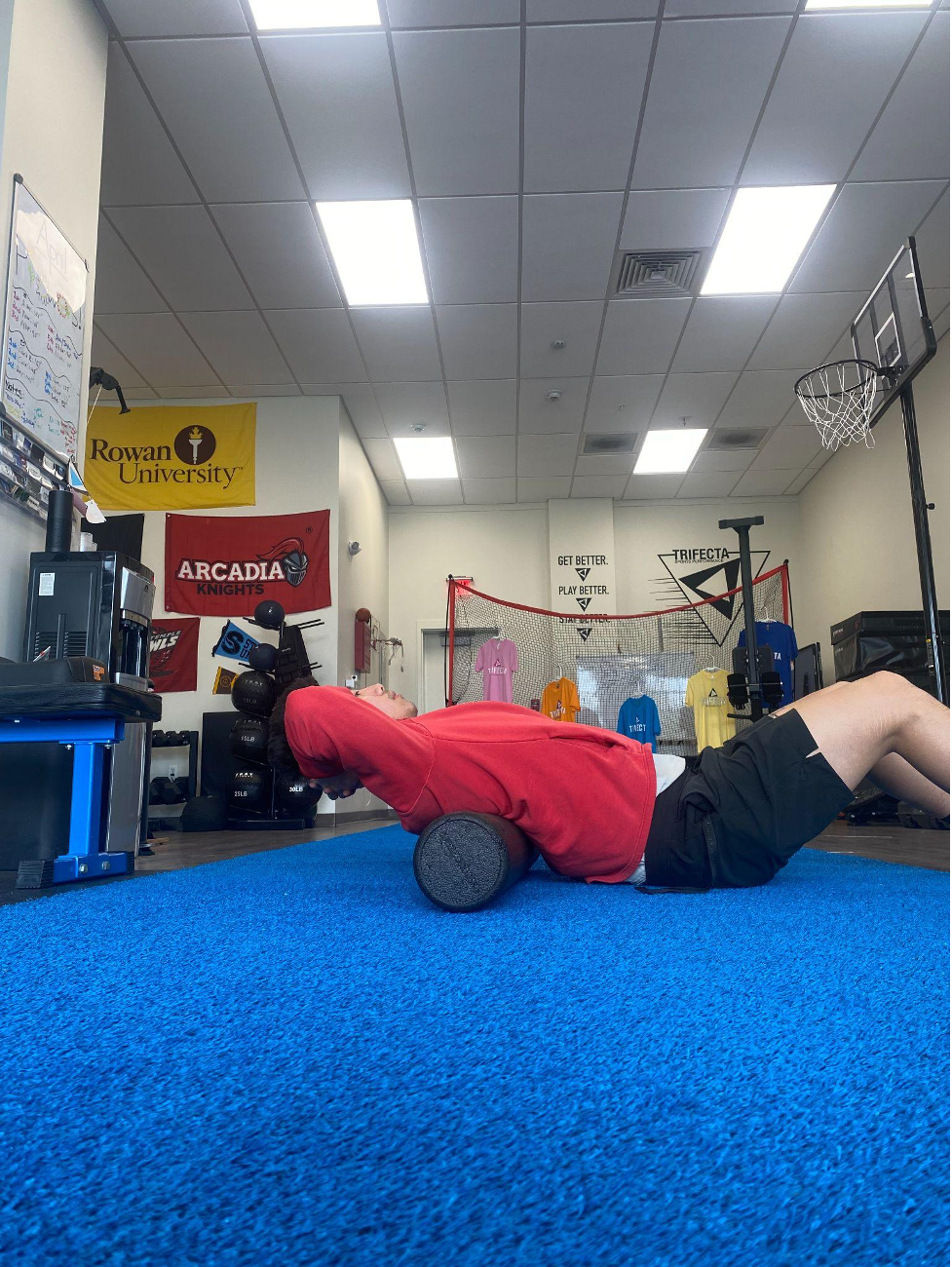Rehab for the Combat Athlete: 5 ways PT can KO injuries
Introduction
Mixed Martial Arts (MMA) and Combat sports are slowly taking over the athletic world. With the meteoric rise of the UFC and international superstars like Conor Mcgregor, it has never been a better time to start training! Chances are you know somebody who trains or who at the very least talks about wanting to learn. Martial arts provide a variety of benefits including exercise, stress relief, and a sense of community. However, like all sports it comes with risks of injury.
MMA fighters are some of the toughest and most dedicated athletes out there. It’s hard trying to stay healthy and competitive in one sport. MMA fighters have to balance training in numerous martial arts, including striking arts such as boxing, muay thai, and taekwondo among many others. Additionally, they have to be well versed in grappling arts such as wrestling, Brazilian Jiu Jitsu (BJJ), and Judo. With all of these disciplines comes an increased chance of injury. MMA fighters put their bodies through intense and demanding physical exercise that can lead to serious injury. These injuries can lead to extended time off from the gym and can impact a fighter’s training and competition schedule. As a result, many coaches and fighters find PT to be a great adjunct to a martial artist’s training.
MMA is a beautiful, fun, but inherently dangerous sport. All of this may sound scary, but don’t worry! Here are 4 ways physical therapy can help an MMA fighter and get you back to training
Injury Prevention
With all combat sports, injuries are going to happen. Martial artists willingly put their bodies on the line during training and competition. They are all but sure to receive some sort of trauma during these bouts. Non-preventable traumas, such as bruising and contusions, account for 29.4% of injuries sustained during MMA training and competition (Rainey, 2009). Additionally, with all martial arts comes the inherent risk of head trauma and concussions. To read more about how to prevent and treat concussions click here . With that in mind, there should be a strong focus on mitigating the risk of preventable soft tissue injuries.
Soft tissue injuries in MMA often occur when a limb is being decelerated at a high velocity, such as when throwing a punch or kick. Joint dislocations can occur when a limb is being brought through an extreme range of motion like an arm bar. Throwing high velocity kicks without proper muscular engagement and control can put you at risk for hamstring and groin strains. Various grappling positions, such as the bottom position in guard, can also put athletes at an increased risk of groin strains. Therefore, a proper exercise program should incorporate eccentric strengthening of a muscle. Exercises such as the Nordic hamstring curl and the Copenhagen plank are great exercises to develop eccentric control of the hamstring and groin muscle in order to adequately decelerate the limb. Several studies have reported either an increase in athletic performance or a decrease in injury rates with eccentric exercise. In fact, a review published in the British Journal of Sports Medicine looking at programs for injury prevention concluded that the Nordic hamstring curl can reduce risk of injury by 51 percent (van Dyk, 2018).
Pain Relief
There’s a common phrase in athletics; “no pain, no gain”. Despite popular adage, this could not be farther from the truth. A little bit of discomfort is okay and even necessary to achieve your goals, especially in such a grueling sport. However, pushing past that point and even through pain can put you at risk for further injury. Pain can and should be managed effectively so that an athlete can achieve their goals. This is where physical therapy can help.
Pain was once thought to be a sign of an injury. However, we now know that pain is a warning signal that can alert us to potential damage. Pain can come from many different sources aside from the site of injury. The body is a complex system where pain in one area can be caused from a completely different part of the body. In addition to treating injuries, PTs are also trained to determine the source of your pain. A licensed PT can determine movements that can mitigate your pain and come up with modifications so that you can get back to KOing the competition. Additionally, PTs can provide manual interventions such as mobilizations and manipulations that have been shown to reduce pain.
Recovery
MMA is one of the most grueling sports out there. Fighters have to train in multiple disciplines, often multiple times a day. Even the casual martial artist has to put their bodies through intense physical training. With this in mind, recovery should be a priority for not only martial artists, but all athletes. Take a load off and relax, because here are some ways PT can help with recovery.
It is important to give the body enough time to rest and heal up. However, too much rest can be detrimental to an athlete's ability to recover. Too much rest can cause muscles to stiffen up and delay healing. But too much activity can also delay the healing process and lead to overuse injuries. Lower intensity, active recovery has been shown to promote recovery far better than bedrest and other passive modalities. The guidance and care of a licensed PT can help an athlete determine how much and what types of activity is needed for them to recover appropriately.
PTs can offer many techniques and modalities that can help athletes maximize their recovery. In addition to reducing pain, manual interventions such as mobilizations and manipulations have been shown to improve recovery times and initiate the body’s natural healing process. In addition to hands-on manual therapy, PTs can also offer a variety of adjunctive modalities that can help improve recovery. Instrument assisted tools such as cupping, Normatec and Theragun can promote improved blood flow and aid in recovery. These techniques, in combination with low intensity movement, can accelerate the recovery process, allowing you to get back on the mats sooner!
Exercise Therapy
Martial arts requires a huge amount of physical training and preparation. Athletes put in countless hours in the gym performing and perfecting the same techniques over and over. And like many repetitive overuse injuries, this puts MMA fighters at an increased risk of muscular imbalances.
Stand up fighters often stand hunched over in their fight stance, shoulders rounded and hands up to cover their chin. The same is often true with wrestlers and BJJ athletes, often crouched over ready to defend a shot or fight off a submission on the ground. A 2017 study showed increased prevalence of hyperkyphotic spines in Chinese kickboxing practitioners. Strikers often overuse muscles in their shoulders and hip flexors performing countless punches and kicks. Grapplers may overuse their upper back muscles, forearms and hands performing different types of sweeps and submissions. Because of this, MMA fighters often find themselves in the same “fight ready” hunched over position in their day to day lives.
Interventions focused on improving thoracic and cervical mobility can improve a fighter’s function, allowing them to train at a higher level. A good physical therapy program can help correct imbalances and strengthen the appropriate areas to help an athlete mitigate the risk of injury.
Communication
In addition to finding a PT that has the proper understanding of anatomy and treating injuries, it is important to find a clinician that understands the sport. It’s helpful when your PT understands what the sport of MMA entails physically and mentally. That way when a fighter says they “felt their shoulder pop throwing a looping overhand right”, the clinician knows exactly what’s involved in that specific movement. Having a PT that understands the dynamics of training multiple times a day, resting, and recovery can take so much stress off an athlete.
Whether you’re a seasoned veteran or a white belt starting their first week, congratulations on your martial arts journey! It’s an exciting and lifelong learning opportunity to be a better version of yourself. If you’re training and need help adjusting, give us a call at Trifecta Therapeutics to see how we can help you on your martial arts journey!
By: Bryan Eng SPT
References
Babagoltabar Samakoush H, Norasteh A. Prevalence of Postural Abnormalities of Spine and Shoulder Girdle in Sanda Professionals. Ann Appl Sport Sci. 2017; 5 (4) :31-38
Lachlan P., James (2014). Injury prevention strategies for mixed martial arts. Strength and Conditioning Journal 36 (5) 88-95.
Rainey C. E. (2009). Determining the prevalence and assessing the severity of injuries in mixed martial arts athletes. North American journal of sports physical therapy : NAJSPT, 4(4), 190–199.
van Dyk N, Behan FP, Whiteley R. Including the Nordic hamstring exercise in injury prevention programmes halves the rate of hamstring injuries: a systematic review and meta-analysis of 8459 athletes. Br J Sports Med. 2019 Nov;53(21):1362-1370. doi: 10.1136/bjsports-2018-100045. Epub 2019 Feb 26. PMID: 30808663.
